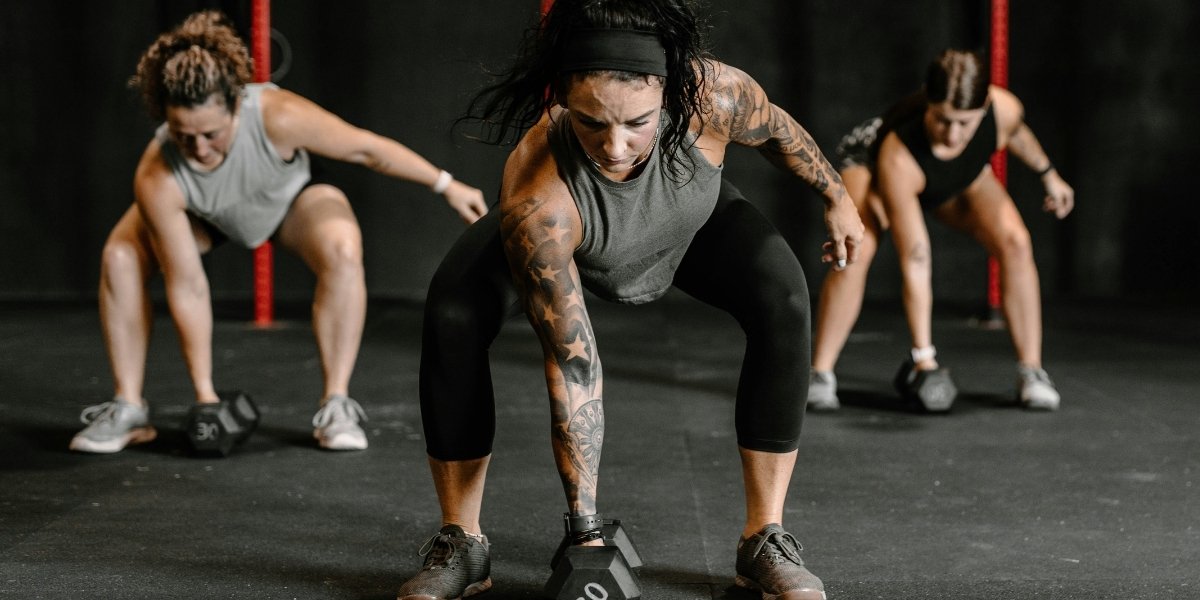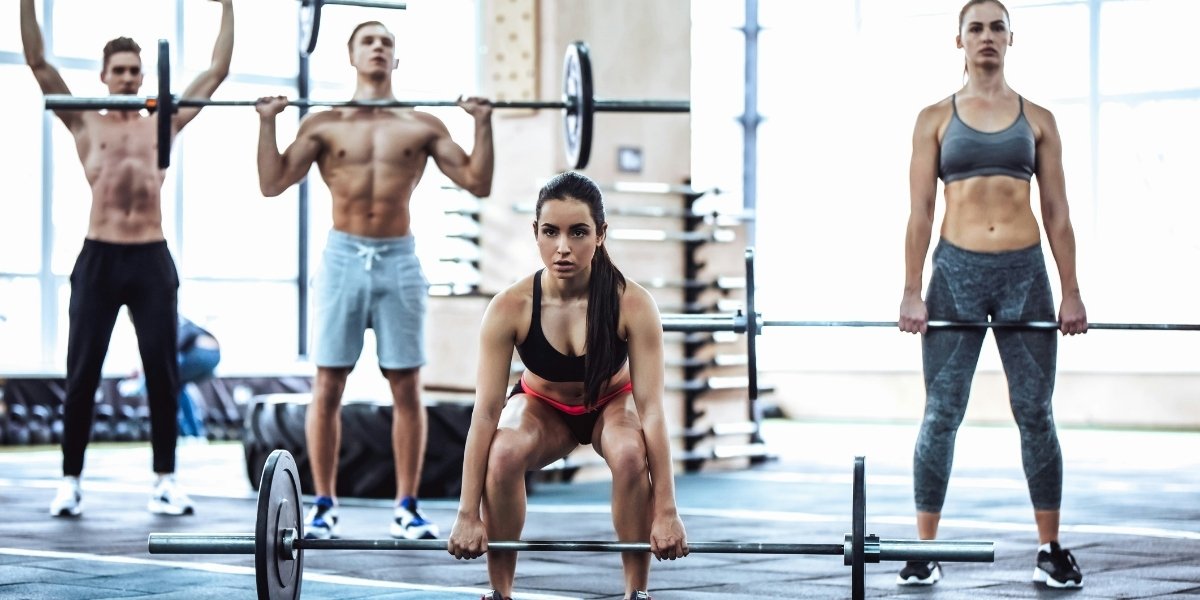Dri-Fit technology has revolutionized athletic apparel, moving beyond the simple cotton garments that once dominated sportswear. For anyone who engages in physical activity, from a leisurely walk to an intense training session, managing sweat is crucial for comfort and performance. Traditional fabrics like cotton absorb moisture, becoming heavy and uncomfortable, and often clinging to the skin. This can lead to chafing, overheating, and a general feeling of dampness that detracts from the experience.
Read Also: How Nordic Walking Boosts Full-Body Fitness
This is where innovations in fabric technology come into play. This specific advancement represents a significant leap forward in athletic wear, designed to address the challenges posed by perspiration during exertion. By understanding how this fabric works at a microscopic level, a person can appreciate why it has become a staple for athletes and active individuals around the world. It’s not just about staying dry; it’s about optimizing the body’s natural cooling mechanisms to enhance comfort and enable longer, more effective workouts.
What is Moisture Wicking and How Does it Work?
At the core of how this advanced fabric functions is the principle of moisture wicking. This term refers to a material’s ability to pull moisture away from the skin and transport it to the fabric’s outer surface, where it can evaporate more quickly. Unlike absorbent fabrics that soak up sweat and hold it, moisture-wicking materials are designed to spread the moisture across a larger surface area, accelerating the evaporation process. This keeps the layer of fabric closest to the skin dry and comfortable, preventing the clammy sensation associated with traditional cotton clothing during exercise.

Photo Credit: Unsplash.com
The process of moisture wicking relies on a scientific phenomenon known as capillary action. This is the ability of a liquid to flow in narrow spaces against the force of gravity. In moisture-wicking fabrics, this is achieved through the unique construction of their fibers. These fibers are designed with tiny channels or pores that act like miniature straws, drawing sweat away from the skin. The fabric effectively creates a low-pressure zone near the skin, pulling the moisture outwards and allowing the body’s natural cooling system to work more efficiently without the hindrance of saturated clothing.
How Does This Technology Achieve Superior Sweat Management?
This particular fabric innovation, pioneered by a prominent sportswear company, is a prime example of advanced moisture-wicking material. The core component behind it is a high-performance, microfiber polyester fabric, often blended with spandex for added stretch and flexibility. These synthetic fibers are engineered to be hydrophobic, meaning they inherently resist water absorption. Instead of absorbing sweat into their core, they facilitate its rapid movement across the material’s surface. This strategic use of polyester microfibers is what allows this technology to excel in sweat management.
The specific construction of this performance fabric involves a particular knitting or weaving pattern that creates a network of channels. These channels are optimized for capillary action, effectively drawing perspiration from the skin and dispersing it quickly across the fabric’s exterior. Once the sweat reaches the outer layer, the increased surface area and exposure to air allow for much faster evaporation. This continuous process of wicking and evaporation ensures that the wearer’s skin remains drier, preventing the material from becoming saturated and clinging uncomfortably to the body, a common problem with fabrics like cotton during intense physical activity.
What Are the Key Benefits of Wearing Apparel With This Fabric?
The primary benefit of wearing apparel featuring this advanced fabric is undoubtedly enhanced comfort during physical activity. By keeping the skin dry, it prevents the uncomfortable stickiness and chafing that can occur when sweat saturates traditional materials. This dry environment also significantly reduces the risk of skin irritation and bacterial growth, which can contribute to unpleasant odors. A person can engage in their workout or activity without the distraction of wet clothing, allowing for greater focus and enjoyment.

Photo Credit: Unsplash.com
Beyond mere dryness, this fabric technology plays a crucial role in the body’s temperature regulation. When sweat evaporates from the skin, it creates a cooling effect, which is how the body naturally dissipates heat. By facilitating faster evaporation, this innovation helps to enhance this natural cooling process, keeping a person cooler in warm conditions. Conversely, in cooler weather, by preventing sweat from lingering on the skin and chilling the body, it helps to maintain a more stable body temperature, preventing discomfort or even hypothermia. This versatility makes this material a suitable choice for various climates and activity levels, ensuring optimal performance and comfort year-round.
How Does This Performance Fabric Compare to Traditional Cotton?
The comparison between this specific performance fabric and traditional cotton highlights the revolutionary nature of modern athletic wear. Cotton, a natural fiber, is highly absorbent, which makes it feel soft and comfortable for everyday wear. However, this absorbency becomes a significant disadvantage during physical activity. When a person sweats, cotton fibers readily soak up the moisture, becoming heavy, damp, and slow to dry. This creates a wet, clingy sensation against the skin, which can lead to discomfort, chafing, and a drop in body temperature once the activity stops.
Read Also: Smarter Workouts: The Power of Data-Driven Fitness for Optimal Results
In stark contrast, the synthetic, microfiber construction of this performance fabric is specifically engineered to reject water absorption. Instead, it moves moisture away from the skin and quickly disperses it for rapid evaporation. This means a garment made with this technology remains lightweight and comfortable even when a person is sweating heavily. Unlike cotton, which can feel heavy and cold when wet, this performance material maintains its breathability and helps regulate body temperature, offering superior comfort and performance. This fundamental difference in how the fabrics handle moisture is why performance apparel has largely shifted away from cotton for active pursuits.





